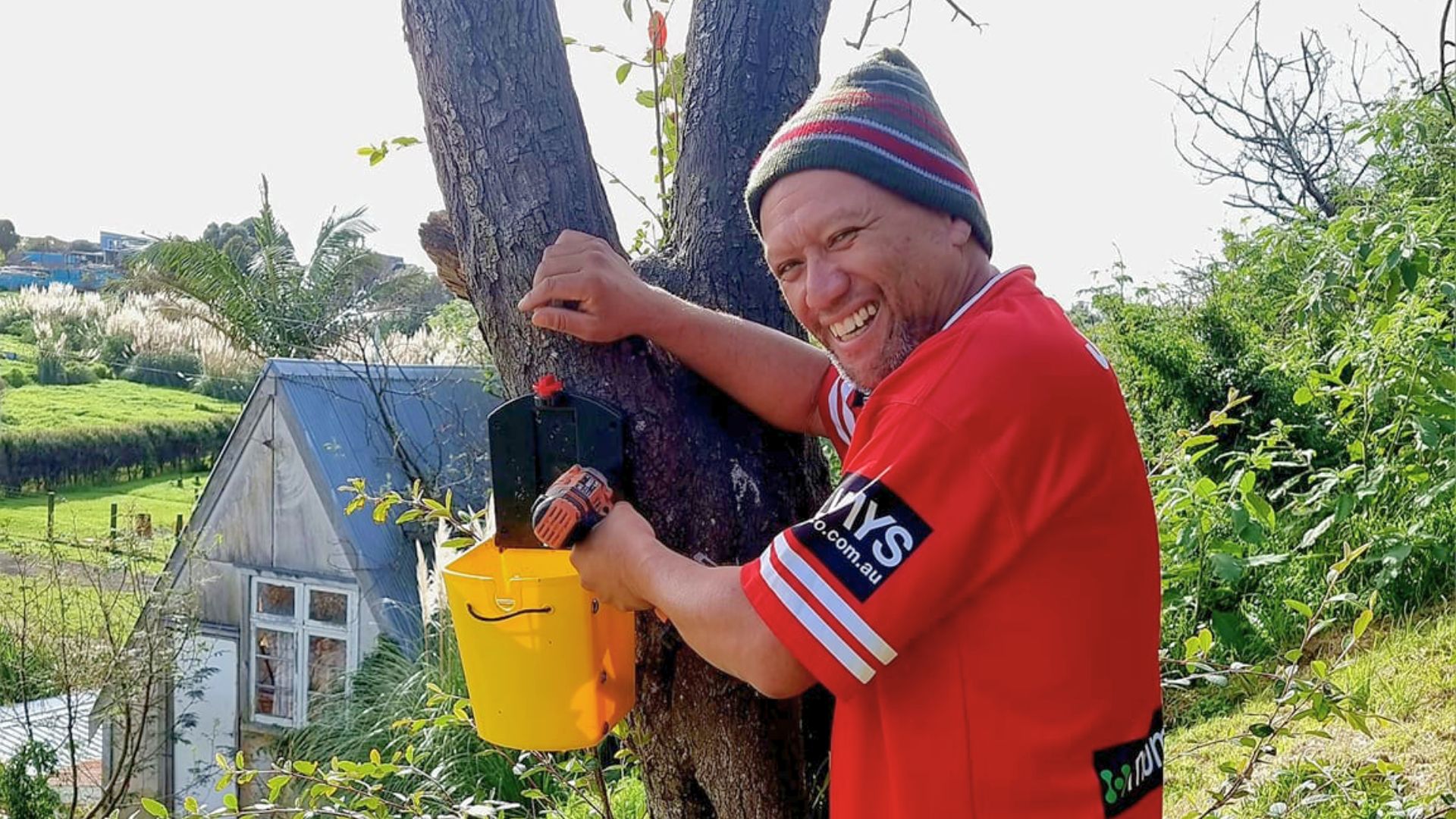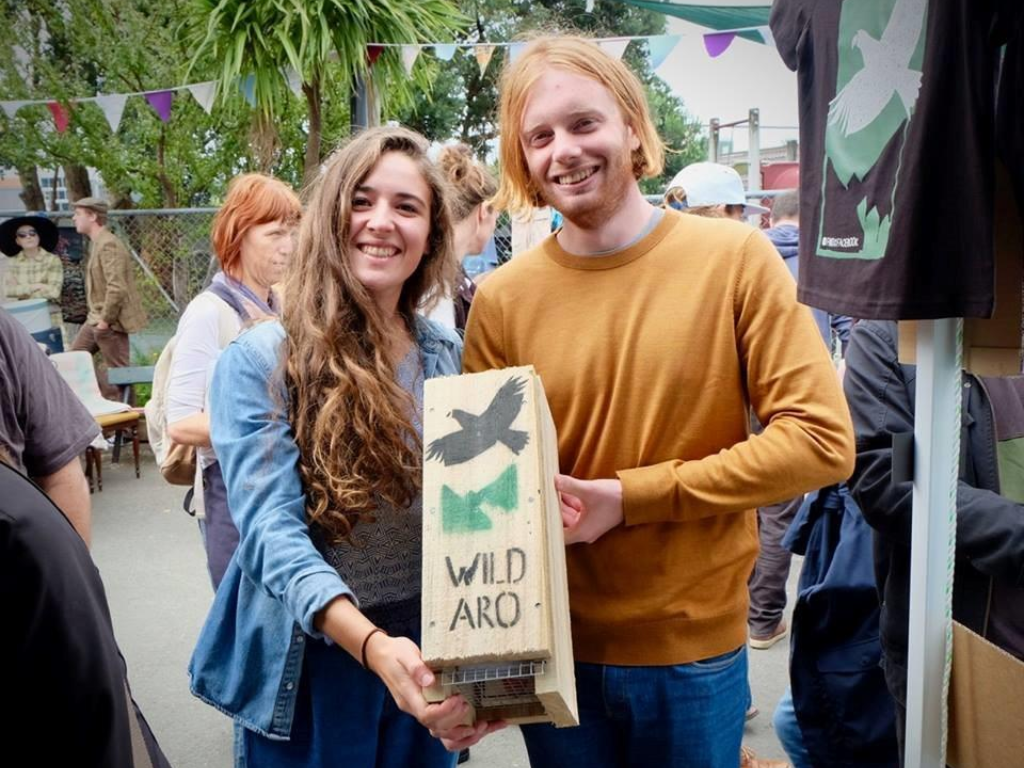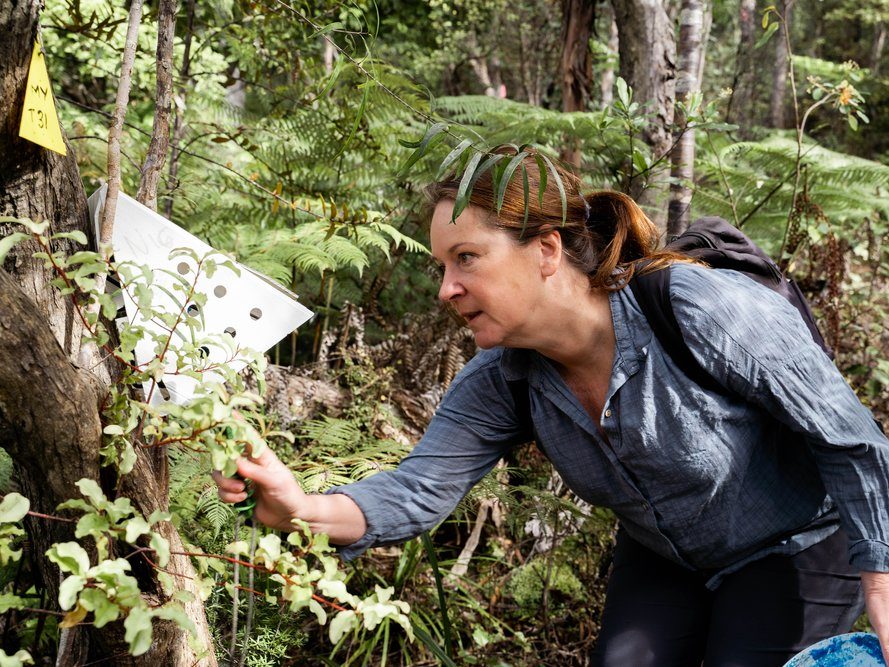Conservation thrives on volunteers; in fact, many efforts in Aotearoa simply couldn’t survive without them. So what, exactly, is the magic recipe that keeps volunteers coming back?

Researchers in the Manawatū region carried out a study to get to the bottom of it.
They wanted to understand what motivates community conservation volunteers to be committed to a group or project and whether this commitment changes over time. They also questioned whether a personal connection to nature enhances commitment and what strategies can maintain volunteers long-term.
The answers could be the secret sauce for sustaining grassroots community conservation.
Why people join
Through in-person interviews, the researchers found that the highest-ranked factors that initially motivated individuals to get involved were ‘caring for the environment’, ‘helping the community’, and the ‘desire to be amongst nature’.
Social interaction landed in the middle of the thirteen longlist of factors.
Why people stay
But, once volunteers feel their initial desires for environmental and community contribution are satisfied, what motivates them to continue long-term?

Only three factors increased in importance between initial and long-term motivation.
The social concept of connecting with other volunteers and ‘working together to achieve conservation outcomes’ showed the most substantial increase from initial to long-term motivations for volunteers.
“It’s the tangible stuff that tugs on the strings a bit, I think,” said a conservation group leader.
Another stated: “There are people who like to be connected, who like being out and about with a small group or just getting a sense of belonging.”
Volunteering as stress relief and escape

Another powerful motivator that grew over time was the ‘stress relief and escape’ that volunteering offers. A separate study from 2020 found people who volunteer frequently reported greater life satisfaction and better overall health.
This motivator is particularly true if the volunteer also has a connection to a place. This makes the work more personal, as they want to “protect or restore a place close to their heart.”
The study noted that “some of the most committed volunteers tend to be the ones who live nearby the volunteering sites and use them regularly for recreation or relaxation.”
The recipe for long-time volunteers
Due to the never-ending need for more volunteers, understanding and satisfying their motivations is key to recruitment and retention for community conservation organisers.
While conservation is ultimately about caring for the environment, volunteers need to feel cared for, too, to keep them committed.
“In turn this leads to an increase in environmental awareness and a desire to continue to contribute to conservation outcomes.
“Ideally there should be a range of tasks for volunteers that cater for different motivational factors. Volunteers also need to have time to socialise with others and feel appreciated.”
The researchers suggest a few key ingredients: offer clear, transparent environmental goals, opportunities for volunteers to work in small groups and be involved in a variety of activities, personalised acknowledgement, and a sprinkle of organised get-togethers (fire up that BBQ) to celebrate progress and create social connection.
However, organisers aren’t the only cooks in the kitchen. Individuals can also take it upon themselves to create rewarding volunteering experiences. Try going local and volunteering at your favourite local green spaces. Solo volunteers could try joining others for a more socially connected experience.
The full research paper, ‘Volunteer commitment and longevity in community-based conservation in Aotearoa’ by Charlotte Sextus, Karen Hytten and Paul Perry, is available online.

